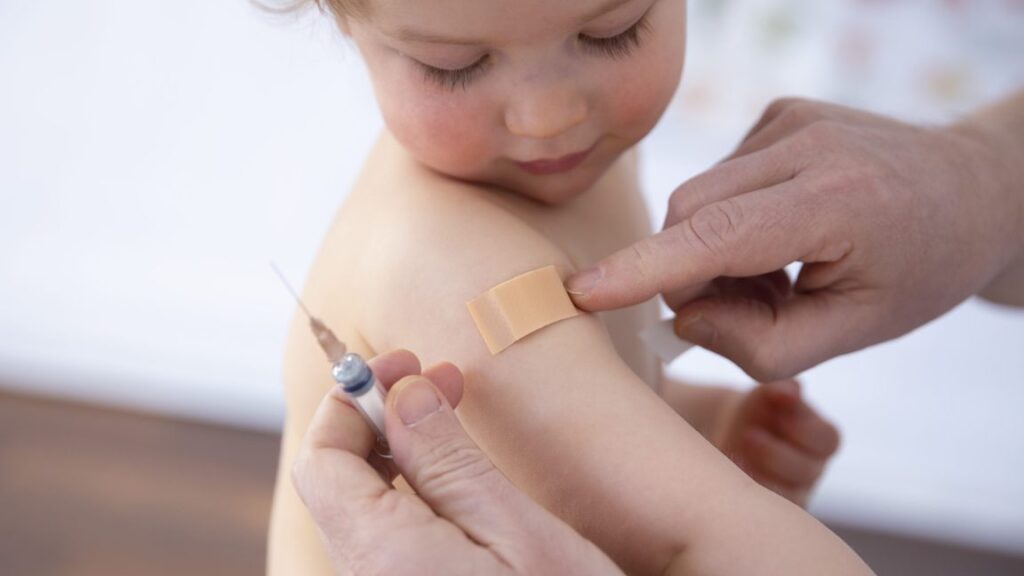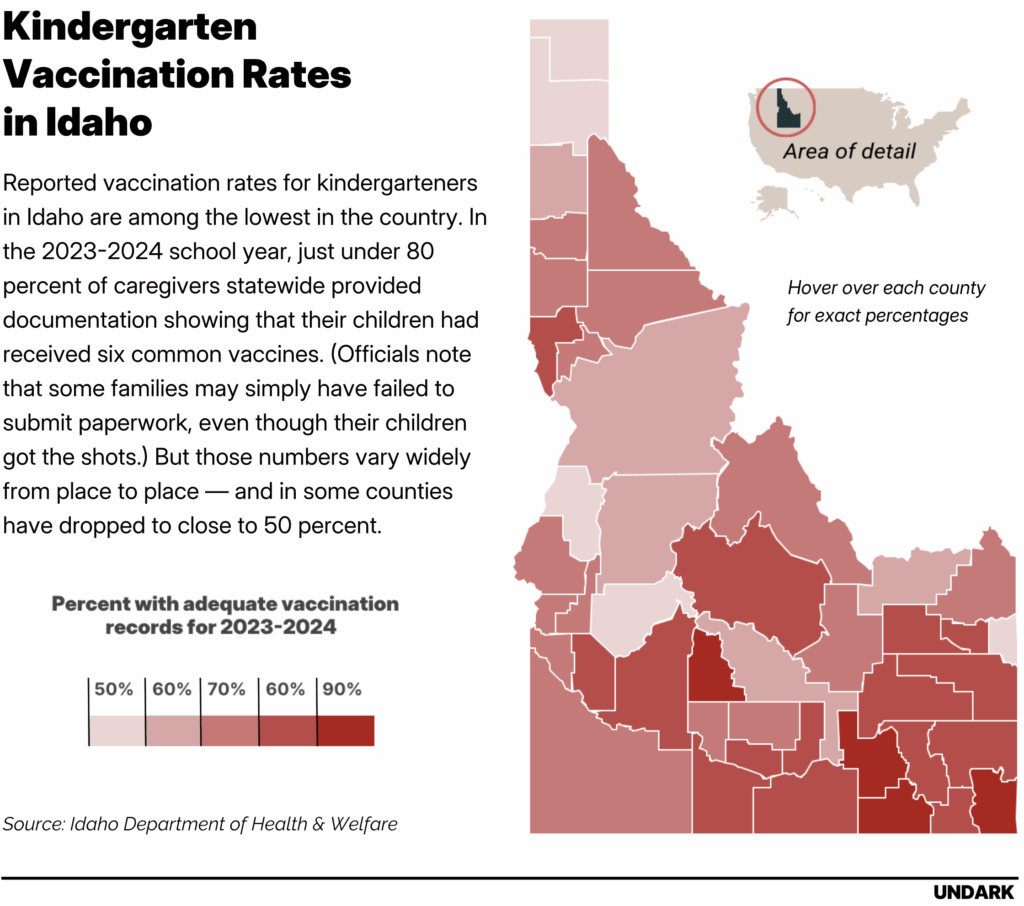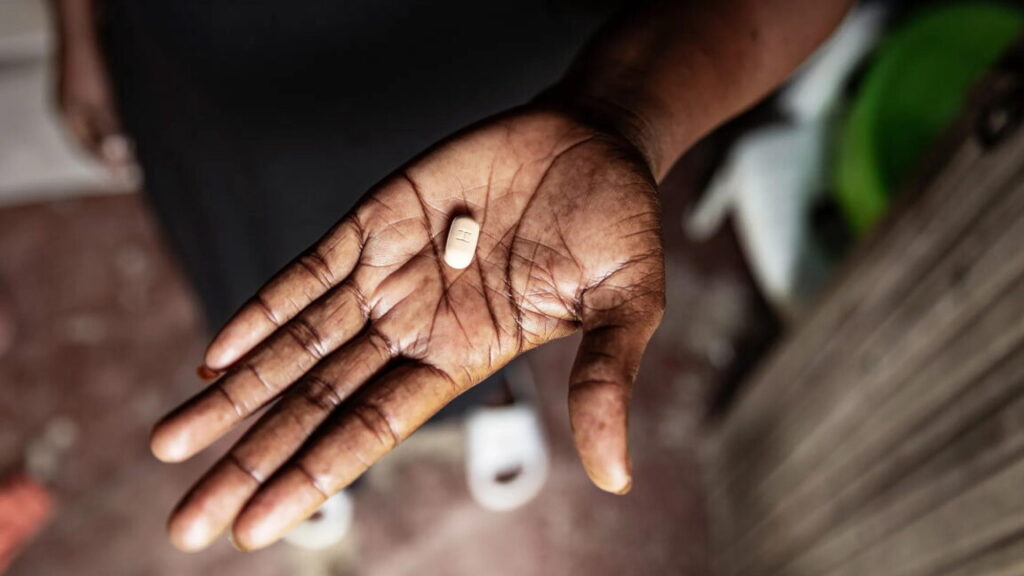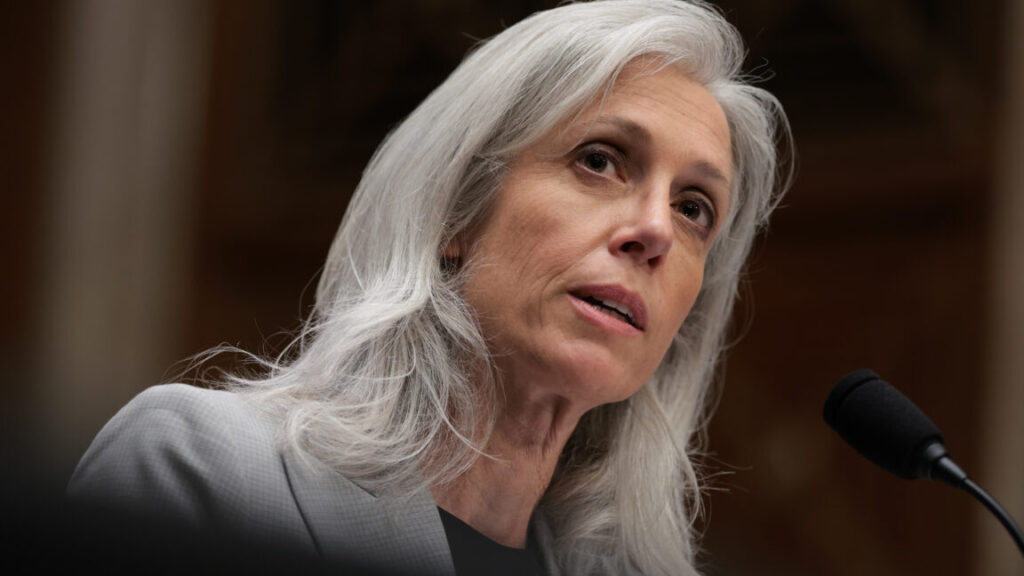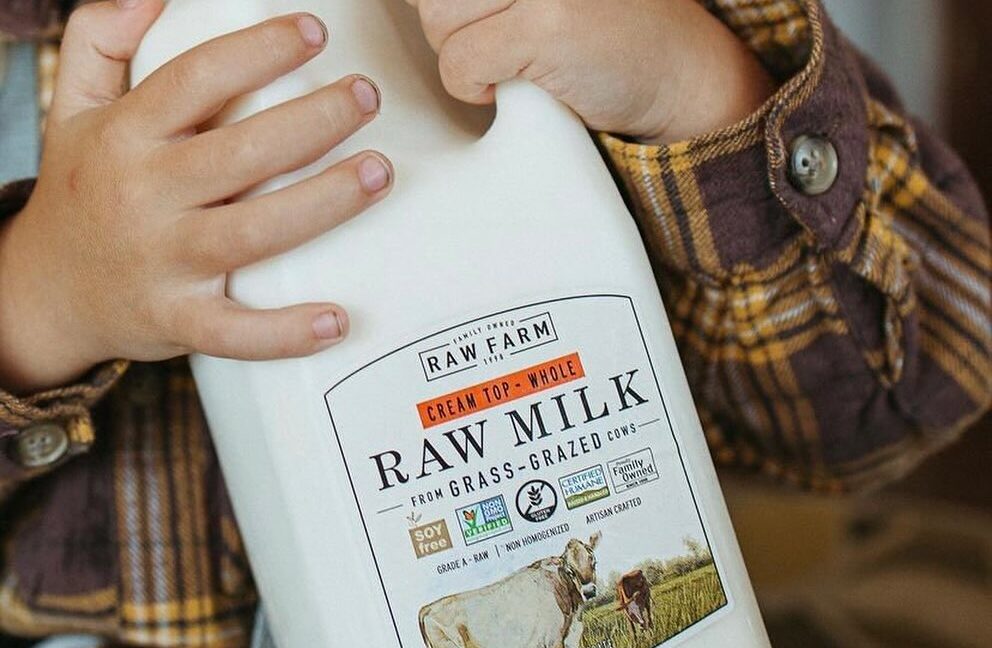Boar’s Head to reopen plant as mold and funky meat problems pop up elsewhere
Boar’s Head plans to reopen the Jarratt, Virginia, facility at the center of a deadly Listeria outbreak last year despite federal inspections continuing to find sanitation violations at three of the food company’s other facilities, according to federal records obtained by The Associated Press.
The AP obtained 35 pages of inspection reports via a Freedom of Information Act Request. Those reports cover inspections between January 1 and July 23 at three other Boar’s Head facilities: Forrest City, Arkansas; New Castle, Indiana; and Petersburg, Virginia. Overall, the reports reveal a suite of violations, including mold, condensation dripping over food areas, overflowing trash, meat and fat residue built up on walls and equipment, drains blocked with meat scraps, and pooling meat juice. The reports also recorded staff who didn’t wear the proper protective hairnets and aprons—and didn’t wash their hands.
In one violation, reported in the Petersburg facility, inspectors found meat waste collecting under equipment, including “5-6 hams, 4 large pieces of meat and a large quantity of pooling meat juice.”
The problems echo the sanitation violations recorded at the Jarratt plant before contamination with Listeria—particularly linked to the company’s liverwurst—caused an outbreak that led officials to shut it down. That outbreak spanned July to November of last year and sickened 61 people across 19 states, hospitalizing 60 and killing 10. Inspection reports revealed problems with mold, water leaks, dirty equipment and rooms, meat debris stuck on walls and equipment, various bugs, and, at one point, puddles of blood on the floor.
Amid the outbreak response, Boar’s Head vowed to make big changes to improve its food safety systems. Those included setting up a panel of food safety advisers, which included Frank Yiannas, a former Food and Drug Administration official, and Mindy Brashears, who served as the US Department of Agriculture undersecretary for food safety during Trump’s first term and has been nominated for the position again in Trump’s second.
Boar’s Head to reopen plant as mold and funky meat problems pop up elsewhere Read More »














